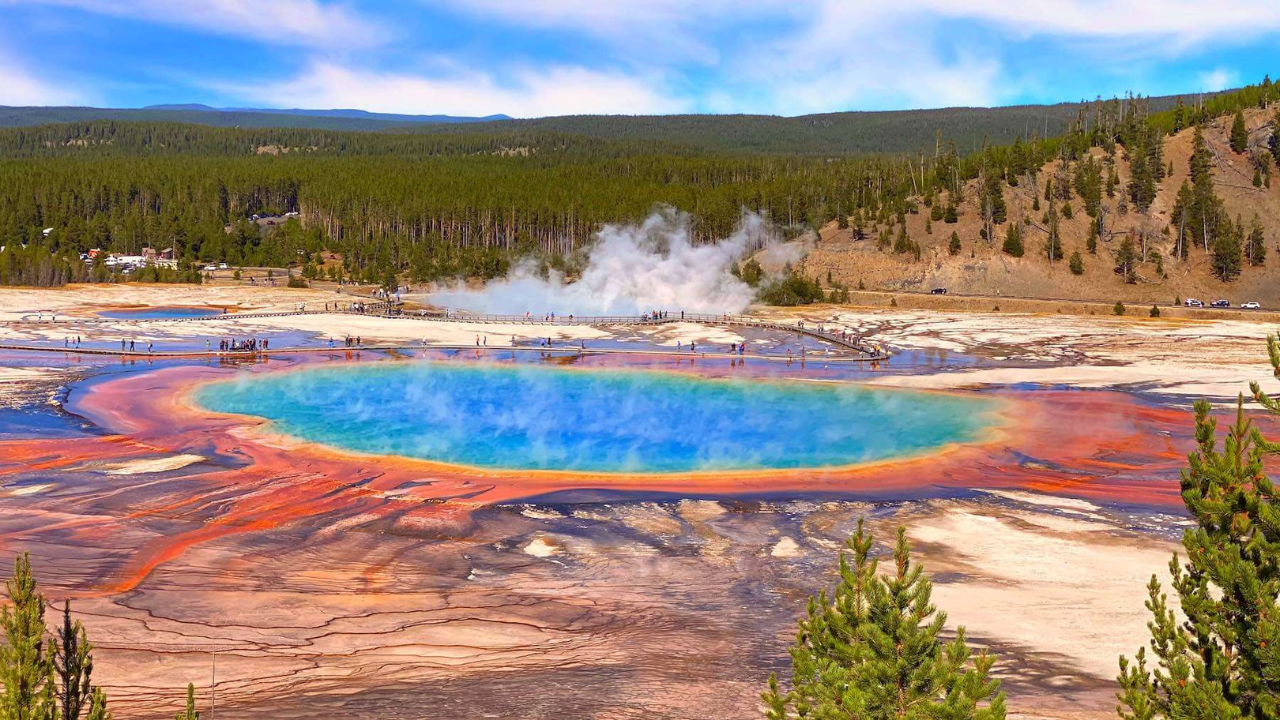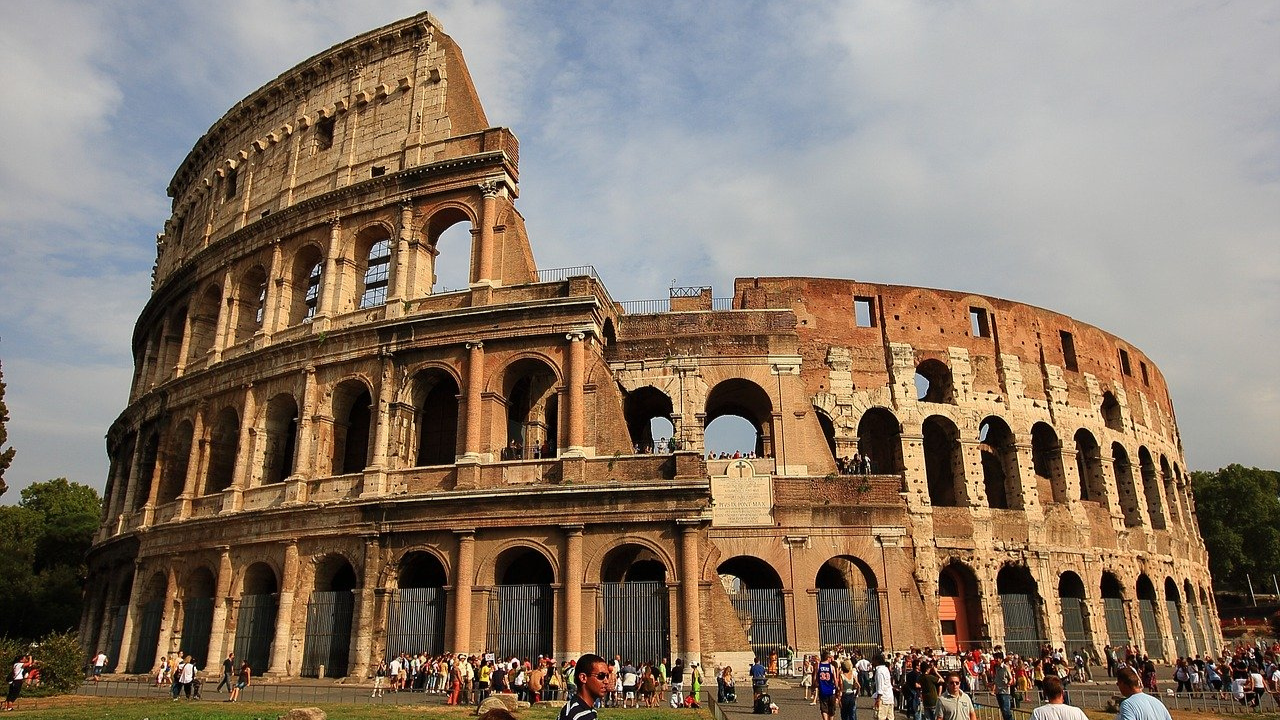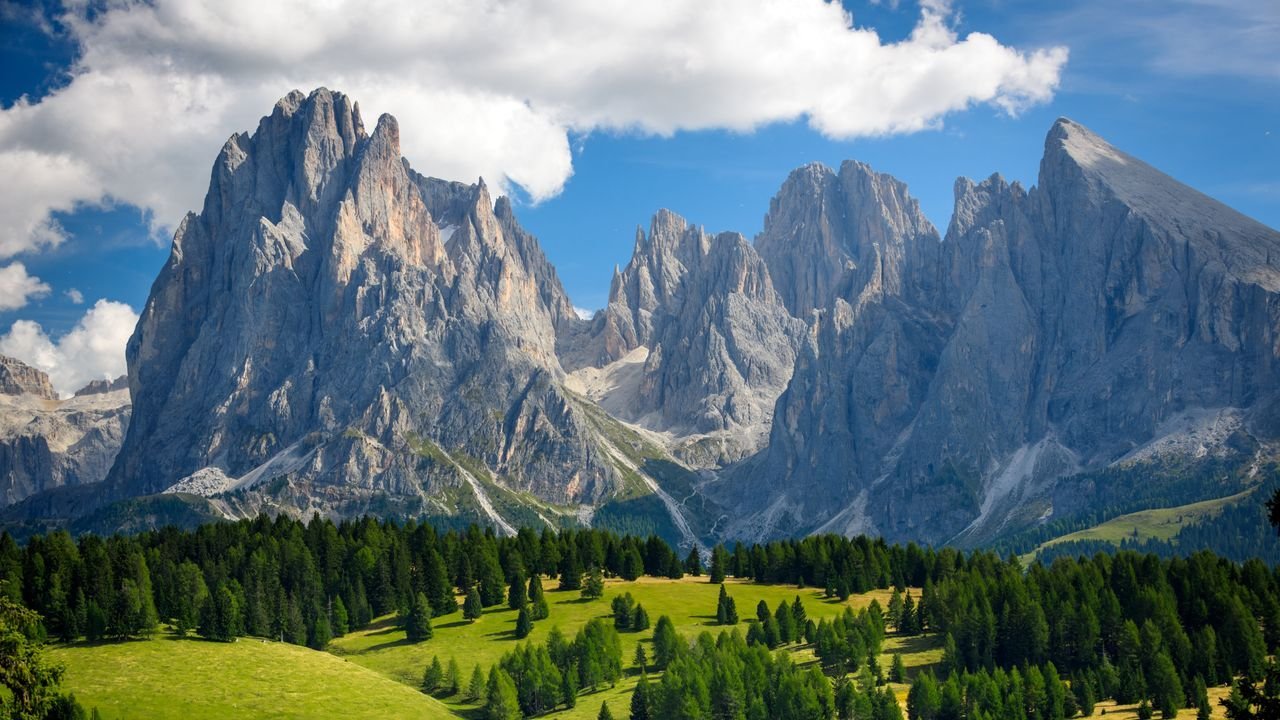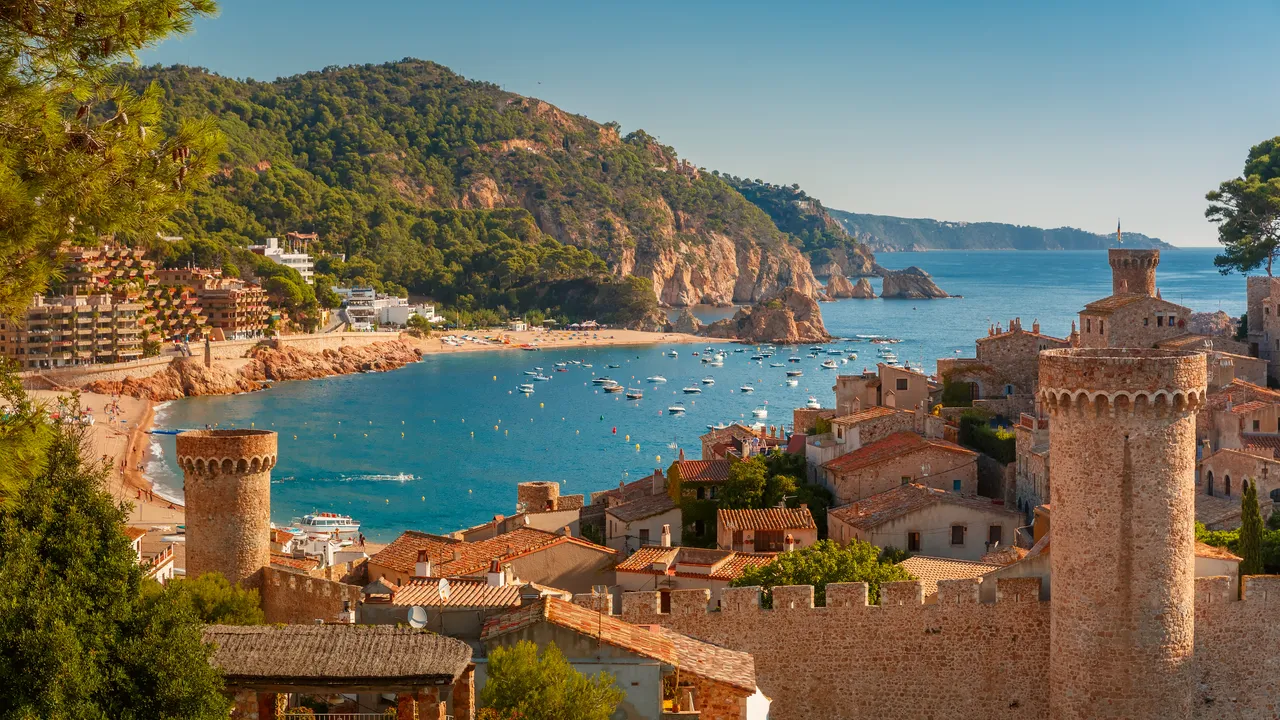Yellowstone National Park, the crown jewel of the American wilderness system, is an awe-inspiring showcase of nature’s raw power, diversity, and beauty. Spanning across three states—Wyoming, Montana, and Idaho—Yellowstone encompasses over 2.2 million acres of geothermal wonders, rich wildlife habitats, alpine rivers, lush forests, and dramatic canyons.
Whether you’re a first-time visitor or a seasoned explorer, Yellowstone has something for everyone. From famous geysers to tranquil hikes, this guide outlines the 18 best things to do in Yellowstone, complete with descriptions, tips, and a map to help you plan the ultimate experience.
🗺️ Getting Around Yellowstone
Before diving in, here’s a brief overview of Yellowstone’s layout. The park is designed around the Grand Loop Road, a figure-eight road system that connects most of the major attractions.
We’ve grouped the top 18 things to do by region, so you can plan your route efficiently.
🔥 1. Old Faithful Geyser
Region: Upper Geyser Basin
Old Faithful is Yellowstone’s most iconic attraction and lives up to its name with eruptions every 60–90 minutes, shooting water over 100 feet into the air.
Pro Tip: Visit early morning or late evening to avoid crowds. Pair your visit with the Old Faithful Visitor Education Center to learn about geyser mechanics.
🌋 2. Grand Prismatic Spring
Region: Midway Geyser Basin
The vivid rainbow colors of Grand Prismatic Spring make it one of the most photographed thermal features in the world. At 370 feet wide, it’s also the largest hot spring in the United States.
Hike Tip: For the best view, hike the Fairy Falls Trailhead for an elevated perspective.
💧 3. Mammoth Hot Springs
Region: North Entrance
This ever-changing thermal area features terraces made of travertine, formed by mineral deposits from hot springs. The contrast of white, orange, and grey stone against lush hills makes it a surreal landscape.
Don’t Miss: Explore both the Lower and Upper Terraces, and walk the boardwalks for close-up views.
🐻 4. Wildlife Watching in Lamar Valley
Region: Northeast Entrance
Known as the Serengeti of North America, Lamar Valley is the premier place to spot wolves, bison, elk, coyotes, bears, and more—especially at dawn and dusk.
Best Time to Visit: May through October for active wildlife and easier road access.
🦅 5. Hayden Valley Wildlife Viewing
Region: Central Loop
Similar to Lamar, but easier to reach from Yellowstone Lake or Canyon Village, Hayden Valley is a bison haven. Bring binoculars and scan the hills for grizzlies and wolves.
Safety Reminder: Always stay at least 100 yards from bears and wolves, and 25 yards from all other wildlife.
🌊 6. Yellowstone Lake
Region: Southeastern Yellowstone
The largest high-elevation lake in North America, Yellowstone Lake is a peaceful place to kayak, fish (with a permit), or just enjoy a sunset.
Stop at: Lake Butte Overlook for panoramic views, especially at sunrise or sunset.
🏞 7. Grand Canyon of the Yellowstone
Region: Canyon Village
Carved by the Yellowstone River, this massive canyon features dramatic walls and stunning waterfalls. Lower Falls is nearly twice as tall as Niagara Falls.
Don’t Miss: Artist Point—the most iconic viewpoint of the falls and canyon.
🚶 8. Uncle Tom’s Trail
Region: Grand Canyon
Descend 300 metal steps into the canyon for an intimate, misty view of Lower Falls. It’s strenuous on the way up, but worth it for a different perspective.
🌋 9. Norris Geyser Basin
Region: West Central Loop
The hottest and most volatile thermal area in the park, Norris features unpredictable geysers and acidic hot springs. Steamboat Geyser, the world’s tallest, erupts irregularly but can reach over 300 feet.
Tip: Wear good walking shoes—the ground can be slippery in thermal areas.
🌲 10. Fairy Falls Hike
Region: Near Grand Prismatic
This relatively easy 5-mile round-trip hike takes you to the 200-foot-tall Fairy Falls, one of the prettiest in the park. Combine with the overlook trail for Grand Prismatic for a perfect afternoon outing.
🌉 11. Firehole River Swimming Area
Region: Near Madison
One of the few safe swimming areas in the park, the Firehole River warms naturally from thermal features. Perfect for a summer dip!
Seasonal Note: Usually open mid-summer; check park updates for safety closures.
🥾 12. Mount Washburn Trail
Region: Dunraven Pass
This moderately difficult hike offers 360-degree views from one of the park’s highest points. Often regarded as one of the best hikes in Yellowstone.
Bonus: You might see bighorn sheep along the trail.
🧭 13. West Thumb Geyser Basin
Region: Southern Yellowstone
Overlooking Yellowstone Lake, this compact geyser basin features unique features like Abyss Pool and Fishing Cone.
Less Crowded: Ideal for those wanting geothermal beauty without massive crowds.
⛺ 14. Camping at Madison or Grant Village
Best for: Central access and nature immersion
Camping is a fantastic way to enjoy Yellowstone’s natural rhythms. Reserve well in advance, especially at Madison or Grant Village, both of which offer scenic spots and basic amenities.
🚗 15. Scenic Drive: Firehole Canyon Drive
Region: Near Madison
This one-way loop takes you past Firehole Falls and along canyon walls. A quick and rewarding detour that’s often missed by rushed visitors.
🌌 16. Stargazing at Yellowstone
Best Regions: Anywhere away from lodge lighting
Yellowstone’s remote location means exceptionally dark skies—ideal for stargazing and even catching the Milky Way or Northern Lights on rare nights.
Top Stargazing Spots:
- Lamar Valley
- Yellowstone Lake shore
- Mammoth Campground
📸 17. Photographing the Yellowstone River
Flowing through the heart of the park, the Yellowstone River creates a beautiful contrast with the forests and geothermal activity. Especially photogenic during golden hour.
🧒 18. Junior Ranger Program
Great for Kids
Families should stop by any visitor center and enroll children in the Junior Ranger Program. It’s an engaging way for young adventurers to learn about ecology, safety, and park stewardship.
🗺 Map: Yellowstone’s Key Attractions
Below is a simple layout of where the top attractions fall on the park map:
North:
- Mammoth Hot Springs
- Lamar Valley
Northeast:
- Lamar Valley
- Tower-Roosevelt Area
East:
- Grand Canyon of the Yellowstone
- Hayden Valley
South:
- Yellowstone Lake
- West Thumb
West:
- Old Faithful
- Grand Prismatic Spring
- Madison
Central:
- Norris Geyser Basin
- Mount Washburn
A printable map with all locations marked is available on the official Yellowstone National Park website.
💡 Planning Tips
- Best Time to Visit: Late spring (May–June) and early fall (September) for fewer crowds and active wildlife.
- Park Pass Required: Entry requires a National Parks Pass—buy online or at any entrance.
- Stay Inside the Park: If budget allows, book lodging at places like Old Faithful Inn or Canyon Lodge.
- Cell Service: Limited throughout the park—download maps and directions offline.
🖋 Final Thoughts
Yellowstone isn’t just America’s first national park—it’s a living, breathing wilderness that commands awe and respect. Whether you’re marveling at Old Faithful’s precision, watching bison roam the valleys, or standing in silence before the Grand Canyon of the Yellowstone, the park leaves a lasting imprint on every traveler.
This guide is just the beginning. The real magic of Yellowstone lies in the moments you can’t plan for—the sudden elk crossing, the evening mist on the lake, the quiet in the geyser steam. All you need to do is show up and stay curious.




